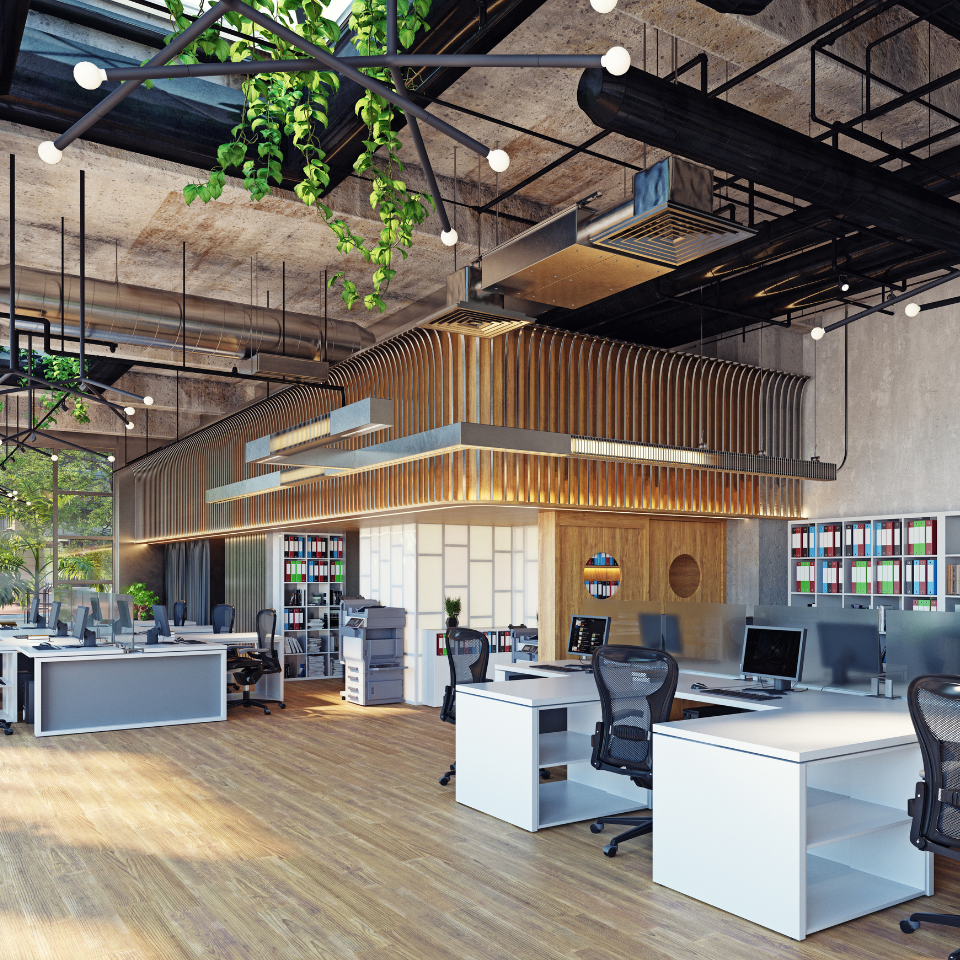Narrative Design: The Latest Innovation That’s Driving the Return to Office

Office occupancy levels across U.S. metros are now consistently hovering around 50%, according to recent data from security firm Kastle Systems. With many employees still preferring to work from home, along with a competitive labor market, both office owners and employers must incorporate amenities and features into their office design that create compelling environments and rival the comforts and conveniences of home. The current market calls for a new approach to office design and uses storytelling to create an emotional connection between people and their workplace. Narrative design is growing in popularity and can be a key differentiator in today’s office market.
Design Through Storytelling
Architects and designers are storytellers by nature and are experts at creating connections to a building and the context of the culture and history of its location. Narrative design has a structure and clear components, much like a novel or other work of writing. Storytelling is made up of five key elements that each relate to the design process:
- Plot, which is the overall design plan;
- Point of view;
- Setting, relating to the history and context of your location;
- Characters, which are the employees; and
- Conflict, or the unique space requirements.
- When combined, these elements can evoke the desired emotional responses from future employees and tenants.
The Narrative Design Process
Narrative design begins with conducting market research and identifying aspects of a property’s surroundings that people can connect to emotionally, while honoring the culture of the local community. It is important to involve leasing agents and tenants to discover the parts of their city’s culture and history that resonate.
Next, designers must create an actionable vision for the design project. When a building employs narrative design principles, it will feel cohesive and holistic, with everything rooted in the story that the designers are telling. Sterile boardrooms, marble lobbies and gray desks will become a thing of the past. Storytelling, when grounded in the principles listed above, can create a timeless workspace.
Storytelling design also creates a more immersive branding experience within the building. Prior buildings that have been on the property in years past can lend inspiration to branding elements. An example is the tenant amenity lounge at the Lenox Park office complex in Atlanta, Georgia, which is known as “The Standard Lounge” and pays homage to its namesake country club, The Standard Club. The club was a local hotspot for past golfers, tennis players and socialites. Environmental references are also commonly utilized and can be impactful to residents who value the natural beauty of their home.





